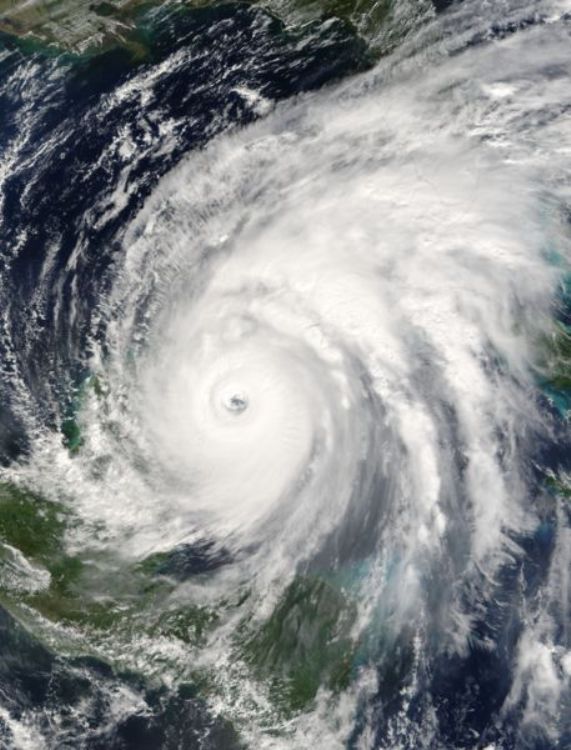The Empire of Maximilian and Charlotte.

Ferdinand Maximilian Joseph von Habsburg-Lothringen, was born on July 6, 1832, as Archduke of Austria and Prince of Hungary and Bohemia. He wed on July 27, 1857, to Princess Marie Charlotte Amélie Augustine Victoire Clémentine Léopoldine, granddaughter of Marie Amelia of the Two Sicilies, Queen of France, sister of Leopold II, Emperor of Belgium and first cousin to Queen Victoria I of the United Kingdom.
The young couple lived in Milan until 1859, when the Austrian Emperor removed them because Maximilian was too liberal. They then accepted the crown offered by a group of Mexican conservatives, who were in search of a European prince to occupy the throne of the Second Mexican Empire in order to gain military support from France and the Catholic Church. Maximilian accepted on the condition that Mexicans agreed, to which conservatives responded by showing him signatures of a plebiscite organized in Mexico City, arguing that those were most of the citizens. Maximilian forgot to take notice that only forty years prior, Agustin I, first emperor of Mexico, had been overthrown and executed.
In 1860, the French Intervention of Mexico began to take place, supported by Napoleon III. Maximilian and Charlotte arrived at the port of Veracruz on the Novara ship on May 28, 1864, but soon discovered a Mexico badly wounded by war and deeply divided into republicans and conservatives. The imperial couple was crown at the Metropolitan Cathedral on the 10th of April 1864 and chose Chapultepec Castle in Mexico City as their new home.
During his reign, Maximilian attempted to socially and economically develop the country, based on European tradition, following the strategy of the Hapsburg, his family, one of Europeâs oldest dynasties.
The first orders of the Second Mexican Empire tried to give the interventionist government a tint of legality. Maximilian proposed to formation of a Superior Government Committee to carry out executive powers, formed by the Assembly of Notables that approved the adoption of a moderate and hereditary monarchy by a foreign prince. The Provisional Statute of the Mexican Empire declared that the Emperor must govern through a Ministry composed by ministers of the Imperial House, State, Foreign Affairs, Government, Justice, War and Public Instruction.
The Emperor wanted to grant complete freedom of press so all citizens could express their opinion and force priests to apply the sacraments without demanding remuneration.
Maximilian soon lost his followers because his liberal trend was incompatible with the goals of those who had offered him the crown. For example, he refused to suppress freedom of cult and to return the goods taken from the Church by the State, despite the request from the Pope. Conservatives, disappointed with his reign, stopped supporting him.
Liberals fought to overthrow the Empire, lead by Benito Juarez and supported by the United States that through the Monroe Doctrine was dedicated to avoiding the presence of European monarchies in America. The French were able to intervene in Mexico because the United States had been busy fighting the Civil War, but once this was concluded, it offered to fight against Maximilian. Simultaneously, Napoleon III was facing serious threats in Europe, so in 1866, he ordered his troops removed from Mexico.
Maximilian had the opportunity to abdicate and return to Austria, but the support of North Americans to Benito Juarez, nor the lack of support from France and Mexican conservatives made him fear his imminent defeat.
Maximilian was captured by General Mariano Escobedo in Queretaro. After a brief trial held in the city theater by a coronel and six captains, without the right to appeal and based on a brief interrogation that the Emperor refused to answer, the revolutionaries condemned him to death. He was executed at Cerro de las Campanas in Queretaro on June 19, 1867, together with conservative generals Miguel Miramon and Tomas Mejia, under the supervision of Benito Juarez. Maximilianâs body was deposited alongside his ancestors, at the imperial crypt within the Cappuccino Church of Vienna.
Charlotte spent the rest of her life in isolation, convinced that her husband would return and that she continued being the Empress of Mexico. She lived at her Miramar Palace, then in the Tervueren Castle and finally at Chateau Bouchout in Belgium, where she died on January 19, 1927, victim of pneumonia.
Article Produced by the Editorial Team of Explorando México.
Copyright Explorando México, All rights reserved.
Photo: www.tierra.free-people.net






